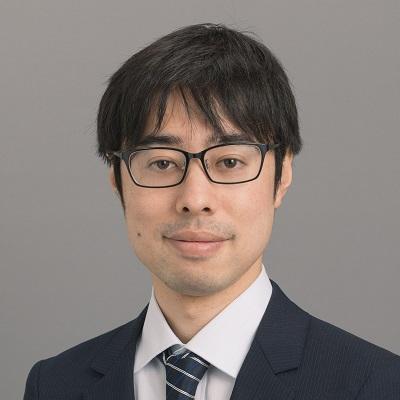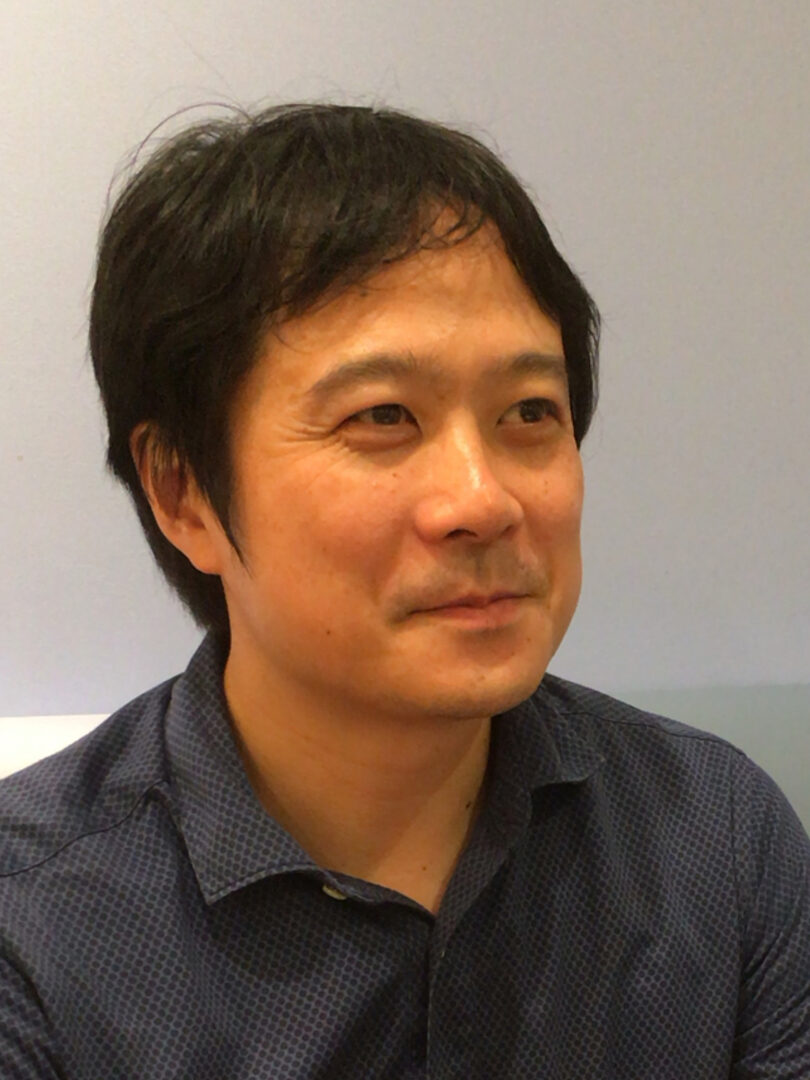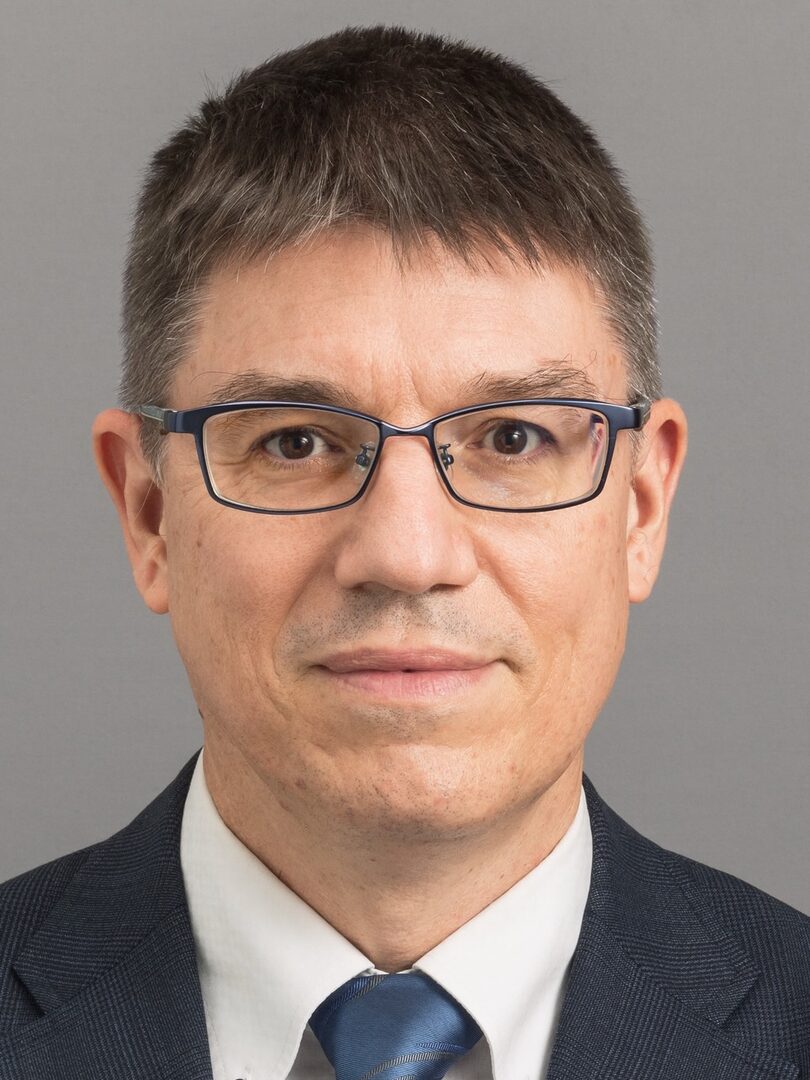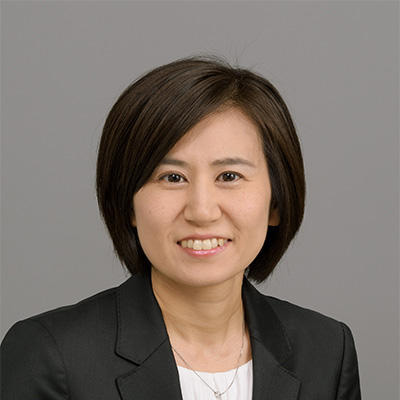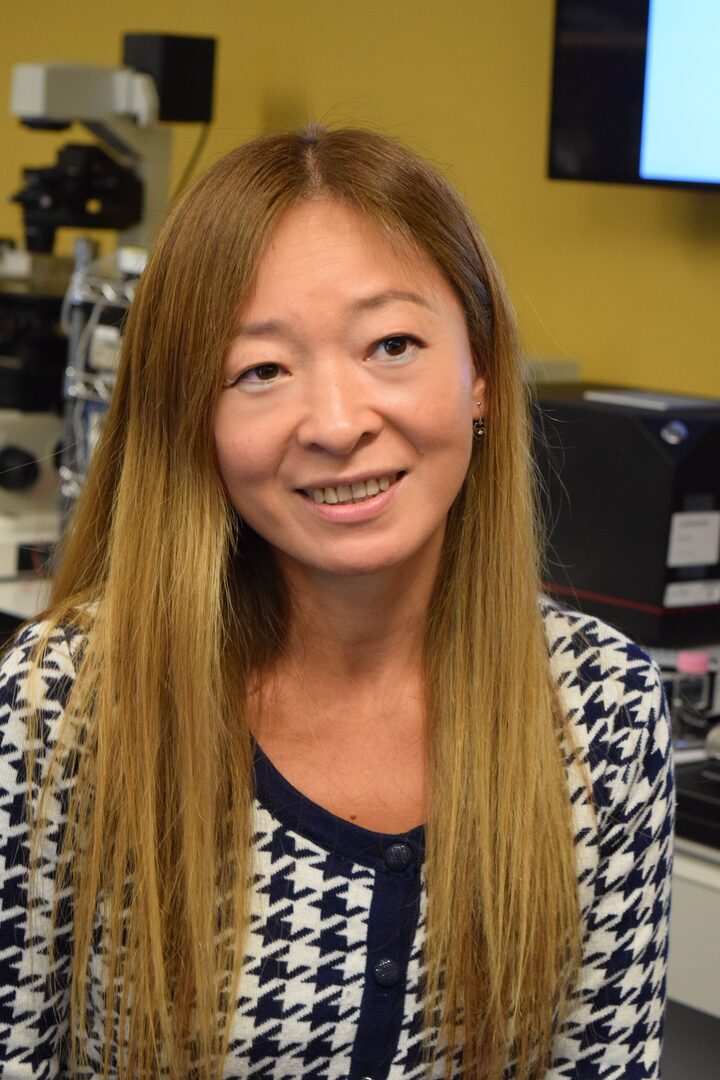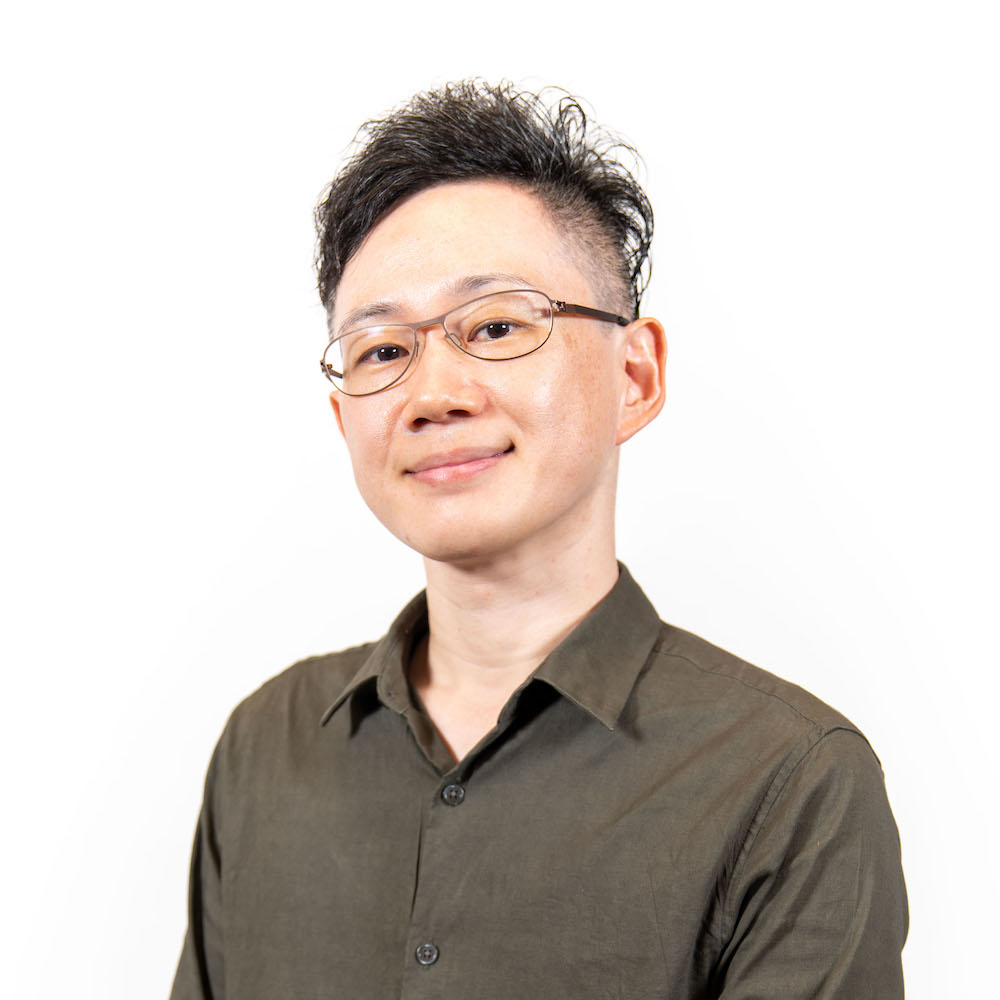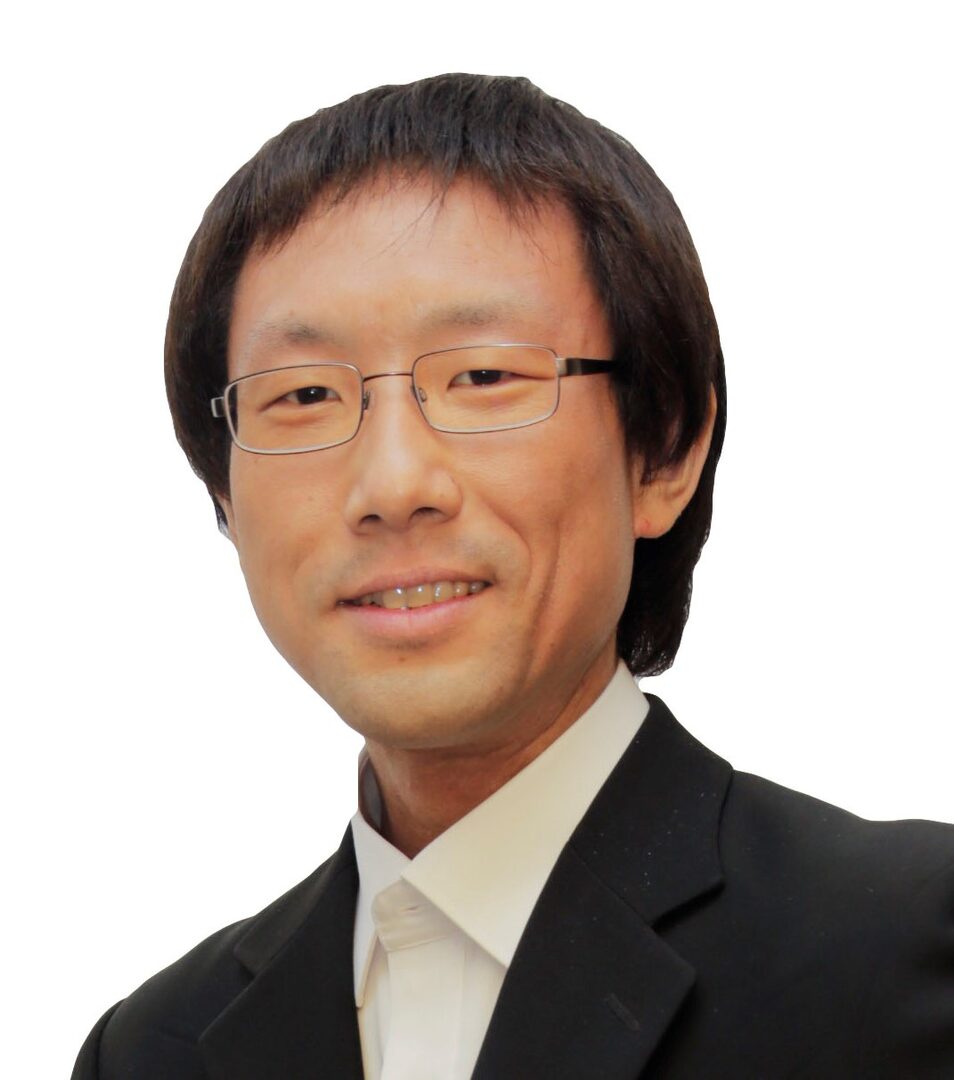OIST-KEIO SHOWCASE TALK Series 4
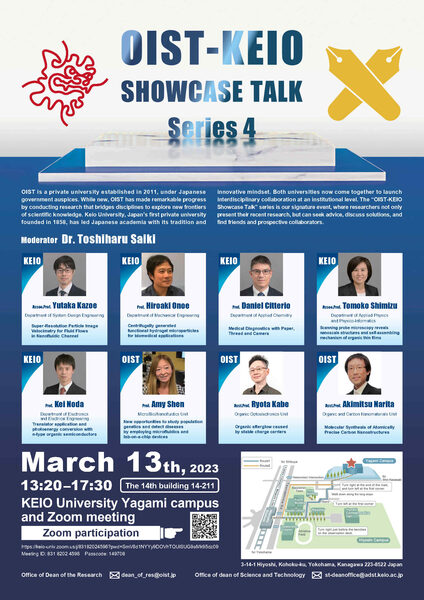
Description
Summary:
OIST is a private university established in 2011, under Japanese government auspices. While new, OIST has made remarkable progress by conducting research that bridges disciplines to explore new frontiers of scientific knowledge. Keio University, Japan’s first private university founded in 1858, has led Japanese academia with its tradition and innovative mindset. Both universities now come together to launch interdisciplinary collaboration at an institutional level. The “Keio-OIST Showcase Talk” series is our signature event, where researchers not only present their recent research, but can seek advice, discuss solutions, and find friends and prospective collaborators.
Speaker, Title and Abstract:
| Speakers | Affiliation | Talk Title/Abstract | |
| 1 |
Dr. Yutaka Kazoe, Associate Professor
|
Department of System Design Engineering, Keio University Yutaka Kazoe received his Ph.D. degree from Keio University in 2008. From 2009 to 2010, he was a Visiting Scholar in the George W. Woodruff School of Mechanical Engineering, Georgia Institute of Technology. He worked in the University of Tokyo from 2010 to 2019 as a Research Fellow, Assistant Professor, Project Lecturer, and Project Associate Professor. He worked in the Department of System Design Engineering, Faculty of Science and Technology, Keio University as an Assistant Professor from 2019 and as an Associate Professor from 2021. His research interests are nanoscale fluid science, super-resolution measurement technologies and nanofluidics for single-molecule analysis/synthesis. |
Super-Resolution Particle Image Velocimetry for Fluid Flows in Nanofluidic Channel With recent advances in nanofluidic applications such as single-molecule analysis, enhanced ion conduction and high-efficiency separation, understanding fluid flows in nanospaces with dominant surface effects becomes important. We have developed a measurement method exploiting defocused nanoparticle images to determine the flow profile in nanochannels with spatial resolution overcoming the optical diffraction limit. Combining with the design of measurement system by statistical mechanical analysis for the nanoparticle behavior, we drastically reduced artifacts specific to nanoscale particle tracking and enabled to reveal the nanochannel flows for the first time. The developed method will accelerate researches in nanofluidics and other related fields. |
| 2 |
Dr. Hiroki Onoe, Professor
|
Department of Mechanical Engineering, Keio University Hiroaki Onoe, received his Ph.D. in Mechano-Informatics at The University of Tokyo under the supervision of Prof. Isao Shimoyama in 2006. Since 2007, he moved to University of California Berkeley and worked with Prof. Richard Mathies in Department of Chemistry as a visiting scholar. Since 2009, he began to work with Prof. Shoji Takeuchi at Institute of Industrial Science at The University of Tokyo as an assistant professor. Since 2014, he has joined to Keio University, Japan, and is now a professor in the Department of Mechanical Engineering. His research interests include microfluidics, biofabrication, functional materials and self-assembly technologies. |
Centrifugally generated functional hydrogel microparticles for biomedical applications Biofunctional hydrogel microparticles have played a central role in biomedical fields involving drug delivery systems, scaffold materials for in vitro tissue culture and implantable biochemical sensors. Here I introduce recent progress on simple centrifuge-based techniques for synthesizing microparticles (typical diameter: ~100 µm) composed of functional hydrogels. The feature of this particle synthesizing technique is simple, easy-to-use and cost-effective and is applicable to encapsulation of tiny amounts of precious samples in the microparticles. The variations of the functional hydrogel microparticles were demonstrated such as structural-color-based biochemical sensors and drug delivery carriers for gene therapy. |
| 3 |
Dr. Daniel Citterio, Professor
|
Department of Applied Chemistry, Keio University Daniel Citterio received his doctorate from the Swiss Federal Institute of Technology (ETH) in Zurich, Switzerland. From 1998-2002, he was a postdoctoral researcher at Keio University. Upon return to Switzerland, he worked as a researcher at ETH, before joining Ciba Specialty Chemicals Inc.. In 2006, he moved back to Keio University, where he became a tenured Associate Professor in 2009 and Professor in 2014. His research interests are the development of low-cost analytical devices for point-of-need applications, as well as (bio)chemical sensors in general. Since 2021, he is a co-Editor-in-Chief of the journal Sensors and Actuators B: Chemical. |
Medical Diagnostics with Paper, Thread and Camera There is a strong demand for point-of-care testing without sophisticated laboratory equipment. In this context, (microfluidic) paper-based analytical devices (µ)PADs have gained significant attention. Using porous substrates with spontaneous capillarity driven liquid transport, we have demonstrated that analytical assays conventionally depending on benchtop instruments can be implemented into paper or thread platforms not requiring any reagent handling. Examples include the quantification of antibodies from whole blood based on bioluminescent probes and digital cameras as detector. Going further in terms of simplicity, we will present devices for naked eye “calibration-free” semiquantitative analysis of various clinical parameters applicable by untrained users. |
| 4 |
Dr. Tomoko Shimizu Associate Professor
|
Department of Applied Physics and Physico-Informatics, Keio University Tomoko K. Shimizu received her B.Eng. from Keio University, and M.S. and Ph.D. from University of California, Berkeley. She then moved to RIKEN for her post-doctoral studies. She also worked as a senior researcher in National Institute for Materials Science (NIMS). She joined Keio University in April 2018. Her research focuses on the area of surface science at the single molecular scale using scanning tunneling microscopy (STM) and atomic force microscopy (AFM). Her current interest includes characterization of organic films and catalyst surfaces as well as instrumentation and methodology development for the investigation of technologically relevant nanomaterials. |
Scanning probe microscopy reveals nanoscale structures and self-assembling mechanism of organic thin films Scanning probe microscopy (SPM) is one of the powerful techniques to investigate structures of material surfaces at the atomic and single molecular scale. Among various examples, I will discuss two topics. The first is isomerization reactions and monolayer formation of diarylethene molecules, which are prepared by vacuum evaporation of molecular powder on metal substrates. The other is hydrogen-bonded organic framework thin films fabricated at the air-water interface. In both cases, comparison of SPM images with theoretical calculations clarifies the subtle balance between intermolecular and interfacial interactions, which is a key to the self-assembly of functional molecules on surfaces and interfaces. |
| 5 |
Dr. Kei Noda, Professor
|
Department of Electronics and Electrical Engineering, Keio University Kei Noda received the doctoral degree from Kyoto University in 2002. After working as a postdoctoral fellow at the Max Planck Institute for Solid State Research (Stuttgart, Germany) and as an assistant professor at the Graduate School of Kyoto University, he became a lecturer and an associate professor in the Department of Electronics and Electrical Engineering at Keio University in 2013 and 2015, respectively. Now he has been a full professor in the same department since April 2021. His research interests include organic electronic devices and various semiconductors such as metal oxides and carbon-based materials. |
Transistor application and photoenergy conversion with n-type organic semiconductors N-type organic semiconductors have been widely investigated toward promising various device application, while some instability issues in their electronic properties remain to be solved. So far, our group has intensively studied carrier doping effects in organic thin-film transistors (OTFTs) with experimental and simulation approach. In this talk, I will introduce characteristic control in n-channel OTFTs by n-type (electron) doping with newly synthesized solution-processable air stable dopants, and the n-type doping mechanisms therein will be discussed. In addition, our recent results on photoenergy conversion such as photocatalytic hydrogen production using n-type polymeric carbon nitrides will be presented. |
| 6 |
Dr. Amy Shen, Professor and Provost
|
Micro/Bio/Nanofluidics Unit, OIST Amy Shen is the Provost and a full professor of Micro/Bio/Nanofluidics Unit, at Okinawa Institute of Science and Technology Graduate University. Amy's research is focused on microfluidics and lab-on-a-chip devices at the bio/nano-interface. She is a Fellow of the American Physical Society, the Royal Society of Chemistry, and Society of Rheology, and a Fulbright Scholar in 2013. Amy has won numerous awards including the NSF CAREER Award, the Ralph E. Powe Junior Faculty Enhancement Award. She is an associate editor for Soft Matter and serves on the editorial advisory board for ACS Sensors, Journal of Rheology, and Physics of Fluids. |
New opportunities to study population genetics and detect diseases by employing microfluidics and lab-on-a-chip devices Microfluidics and lab-on-a-chip devices have emerged as powerful platforms to advance our knowledge and open up new possibilities in biotechnology research. In this talk, I will showcase two examples. (1) A microfluidic device with controlled microenvironment is developed to study population genetics and understand the diversity of a microbial population. (2) An optomicrofluidic sensing platform is developed to rapidly detect antibodies against the SARS-CoV-2 spike protein in diluted human plasma within 30 minutes, at the limit of detection of ~0.5 pM (0.08 ng/mL). |
| 7 |
Dr. Ryota Kabe, Assistant Professor
|
Organic Optoelectronics Unit, OIST Dr. Ryota Kabe is an Assistant Professor at Okinawa Institute of Science and Technology Graduate University (OIST). He received his BS from Kansai University, MS from Osaka University, and Ph.D. from Kyushu University (2010). After working as a postdoctoral fellow at Bowling Green State University, Max Planck Institute for Polymer Research, and Kyushu University, he joined Kyushu University as an assistant professor and worked with Prof. Chihaya Adachi. In 2019, he moved to OIST. His research interests include the control of organic exciton dynamics and their application in optoelectronics. |
Organic afterglow caused by stable charge carriers Glow-in-the-dark materials are widely used as emergency lights and clock faces. These materials can store the absorbed photon energy and exhibit photoluminescence for several hours. Currently, most glow-in-the-dark materials are based on inorganic systems of metal oxide doped with rare metals. Although the inorganic system has high durability, it requires rare metals and high fabrication temperatures. In contrast, we realized glow-in-the-dark emission from an organic system that is free from rare elements and easy to fabricate. I will present the detailed emission process of the organic afterglow. |
| 8 |
Dr. Akimitsu Narita, Assistant Professor
|
Organic and Carbon Nanomaterials Unit, OIST Akimitsu Narita was born and raised in Yokohama, Japan. He received his Bachelor’s and Master’s degrees in Chemistry at the University of Tokyo under the supervision of Professor Eiichi Nakamura. He then joined the group of Professor Klaus Müllen at the Max Planck Institute for Polymer Research (MPIP) in Mainz, Germany, where he obtained his doctorate in Chemistry in 2014. In the same year, he became a project leader at MPIP, and moved to OIST in 2020. His current research focuses on the synthesis, characterizations, and applications of functional nanocarbon materials with atomically precise chemical structures. |
Molecular Synthesis of Atomically Precise Carbon Nanostructures Carbon nanostructures such as graphene quantum dots (GQDs) and graphene nanoribbons (GNRs) are attracting attentions for their intriguing optical, electronic, and magnetic properties that are dependent on their precise chemical structures. With the sizable energy gaps opened by the quantum confinement effect, these nanomaterials are of high potential for nanoelectronics as well as photonics. In this talk, I will introduce our bottom-up molecular approach to chemically synthesize atomically precise GQDs and demonstrate their intriguing properties and potentials, for example as highly stable fluorophores for super-resolution imaging applications. |
Moderator:
Dean of Graduate Faculty of Science and Technology, Keio University
Time schedule:
13:20-13:25 Opening Remarks (Toshiharu Saiki)
13:25-13:30 OIST Introduction (Nick Luscombe)
13:30-14:00 Lecture 1 (Amy Shen)
14:00-14:25 Lecture 2 (Yutaka Kazoe)
14:25-14:50 Lecture 3 (Daniel Citterio)
14:50-15:15 Lecture 4 (Hiroaki Onoe)
15:15-15:30 Coffee Break
15:30-16:00 Lecture 5 (Akimitsu Narita)
16:00-16:25 Lecture 6 (Kei Noda)
16:25-16:55 Lecture 7 (Ryota Kabe)
16:55-17:20 Lecture 8 (Tomoko Shimizu)
17:20-17:30 Closing Remarks (Amy Shen)
Zoom:
https://keio-univ.zoom.us/j/83182024596?pwd=SmV6d1NYYy9DOVhTQUlSUG9aMk95dz09
Meeting ID: 831 8202 4596
Passcode: 149708
Add Event to My Calendar
Subscribe to the OIST Calendar
See OIST events in your calendar app






